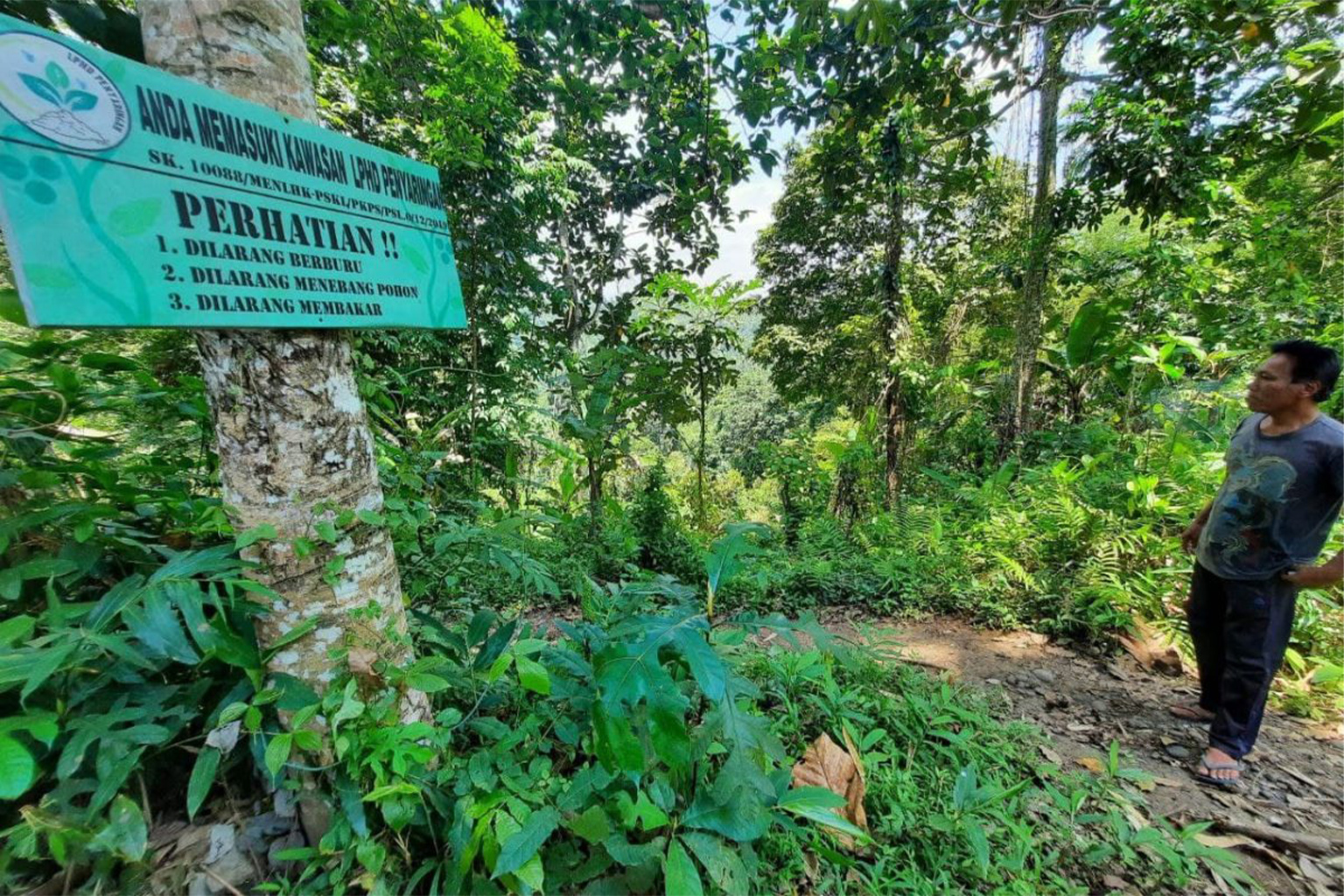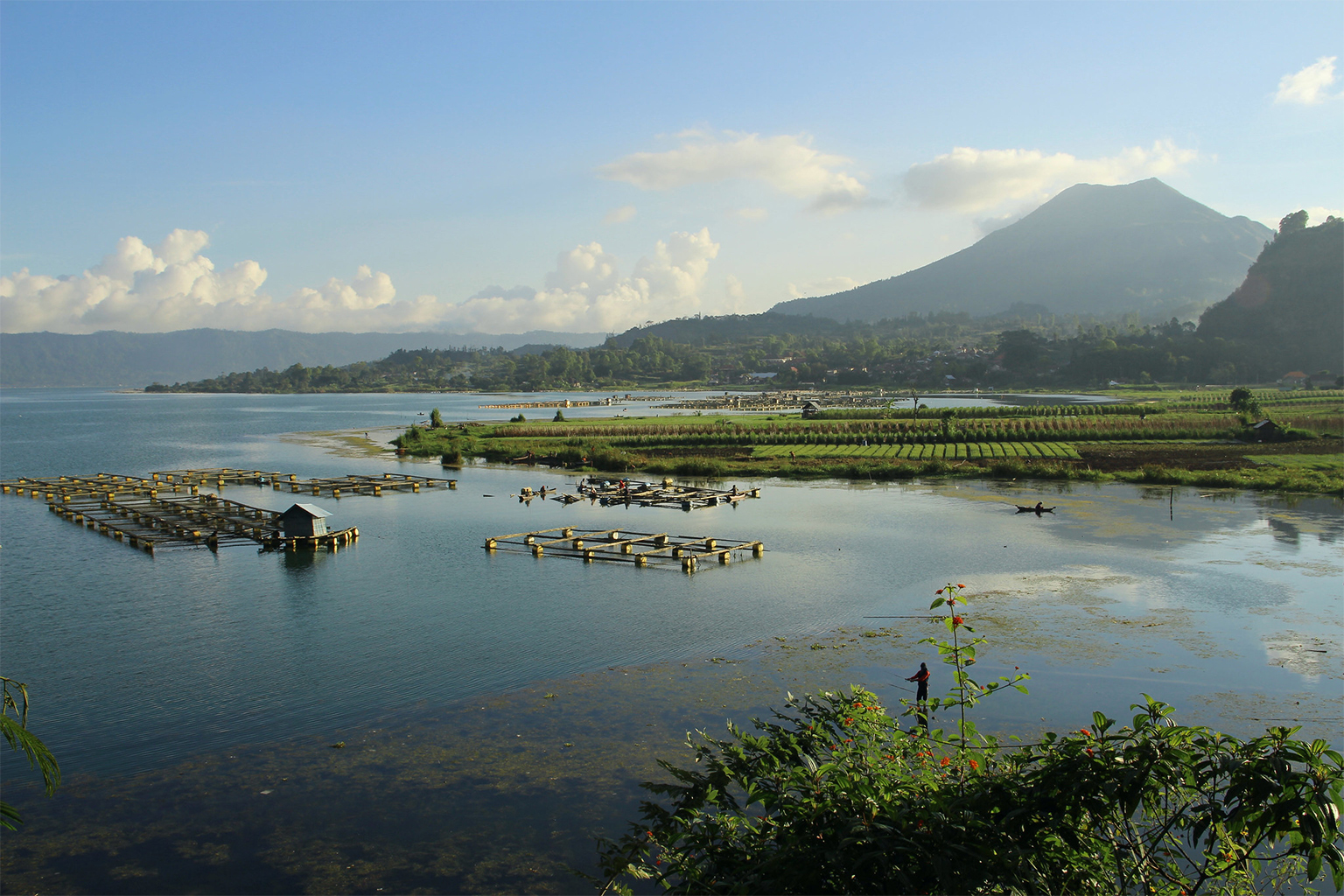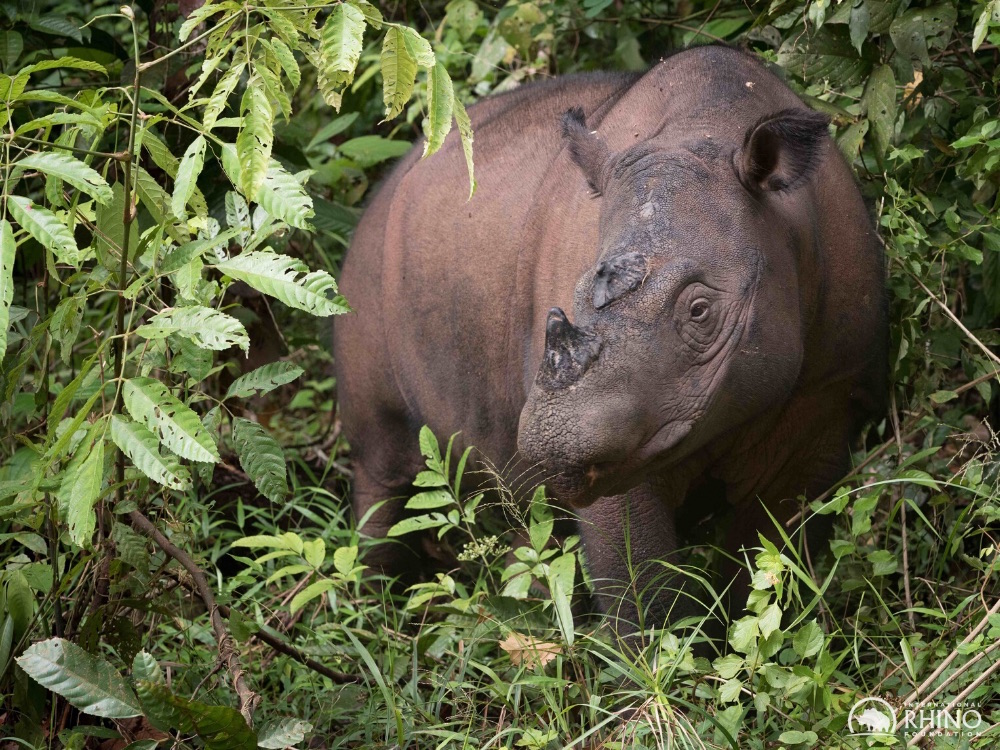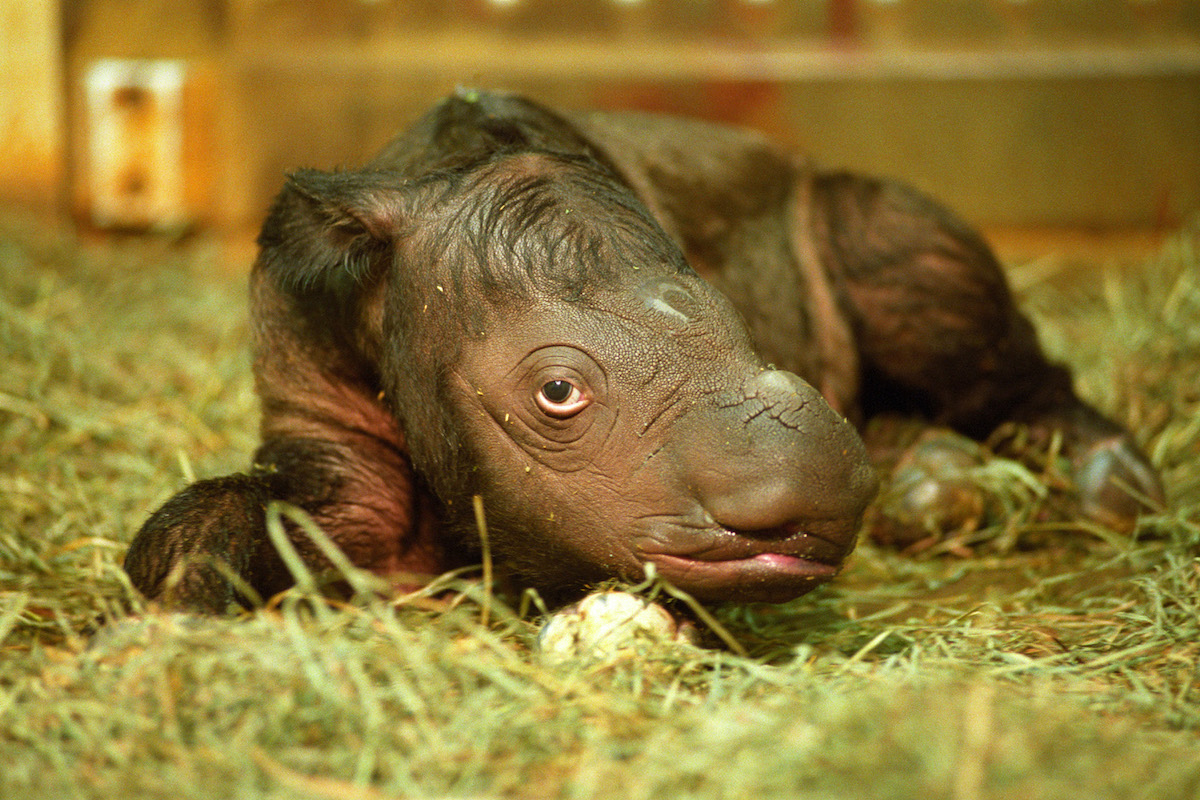- Bali’s Penyaringan village was hit by flash floods in September, which some have linked to the ongoing loss of its forest.
- While the village’s forest has been designated as a protected area, it’s still subject to encroachment by villagers for the planting of short-lived crops, a practice known locally as ngawen.
- To regulate the practice and regenerate the forest, the village formed a management body that restricts the extent and types of crops that villagers can grow and requires them to also plant trees.
PENYARINGAN, Indonesia — Stretching across Bali’s southwest coast and up into the mountainous hinterland is Jembrana, one of the least populated of the Indonesian island’s nine administrative districts. Its name originates from jimbarwana, a Balinese word for vast and dense forest, and unlike the southern tourism centers, its primary economic sectors are agriculture, forestry and fisheries, followed by transportation and warehousing. Skirting Jembrana’s southern edge is a 70-kilometer (43-mile) stretch of Bali’s busiest road, the Denpasar-Gilimanuk highway, which connects Bali to the neighboring island of Java by ferry.
Covering a long and narrow central section of Jembrana is the village of Penyaringan. Known for its thick forest, it was once home to abundant wild boar, birdlife and other animals that provided ample game for residents. With its history of hunting, it is believed the village takes its name from the word jaring, meaning “net.”
After heavy rains in late September, however, Penyaringan was one of several locations to be devastated by flash floods and landslides.
Sumerti, a young resident of the village, said that although it rained heavily for only a few hours, the flooding was severe enough to damage the back wall of her house. A sibling also had losses to bear: the 2,000 seedlings of porang (Amorphophallus muelleri), a tuber crop they had just planted, were all washed away.
Considering the village’s dense forest and plentiful crops, Sumerti said she didn’t understand how the flood could be so severe. Traces of it were still visible a month later; the walls of several houses and other buildings had collapsed, while rice fields remained inundated. Farmers reported that fields extending to the Denpasar-Gilimanuk highway were submerged in half a meter, or 20 inches, of water.

The highway is also vulnerable to flooding. Almost every year, bridges that span the district’s many rivers are damaged by floodwaters or even collapse, while during the dry season, a growing number of the same rivers run dry, reducing residents’ and farmers’ access to clean water.
Penyaring is considered one of Jembrana’s most developed areas; almost all of its residents have access to the main water supply, and their houses are often attached to large crops of cloves, cocoa and bananas. The village is also home to a protected forest, which contains an upstream water source that is crucial for maintaining ecological balance and irrigating rice fields.
Protection and regeneration
Despite its relatively developed status, the village faces a latent problem known locally as ngawen, which derives from sawen, meaning “to give a sign.” More than 200 residents have entered the village’s protected forest to engage in ngawen, or marking the encroached areas with short-lived crops such as bananas, vanilla and porang.
In an attempt to limit encroachment on protected forests for the planting of crops across the country, Indonesia’s Ministry of Environment and Forestry administers a social forestry scheme, in which forests are allocated to villages for them to manage. Penyaring participates in the scheme through its village forest management body, or LPHD, established in 2020.
Gede Sugiana, the head of the Penyaring LPHD, said he’s committed to controlling the expansion of the ngawen area, as it now covers 76 hectares (188 acres) of LPHD-monitored forest. “We are prohibited from having arable land in there because our intention is to improve it,” he told Mongabay.

Sugiana said that before the LPHD’s establishment, efforts to control ngawen weren’t easy, with conflicts flaring up between perpetrators and the village patrol team. For example, if an offender cut down trees, the village team would destroy their crops.
The LPHD comprises around 250 families who continue to plant crops in the protected forest, but are now bound by agreements. They must pay an annual levy of 1,000 rupiah (7 U.S. cents) per 100 square meters, or about $2.80 per acre; plant tall tree seedlings; and maintain the remaining protected forest. They are strictly prohibited from expanding the ngawen area. They are also prohibited from planting monoculture, dominant species such as coconut and cloves.
Those who fail to comply with the regulations will have their planting rights revoked. For further punishment, the LPHD coordinates with religious authorities in the predominantly Hindu community to impose customary sanctions on offenders, a serious penalty in Balinese culture. “If you don’t obey, just get out,” Sugiana said.

To enhance forest regeneration, Sugiana is developing a scheme that would enable the LPHD to cover the costs of seeds and other planting materials, while the LPHD also encourages the formation of social forestry business groups.
According to Sugiana, the practice of ngawen began in October 1999, when mass riots broke out in five districts in Bali, including Jembrana, after then-presidential favorite Megawati Sukarnoputri failed to win the election. Rioters torched government buildings and public facilities, while in the capital, Denpasar, hundreds of pro-Megawati protesters cut down trees and burned tires as roadblocks.
“The roads were chaotic; people started to enter the forest a lot, they dared to cut down trees,” Sugiana said. There was also public pressure to participate, as those who did not were seen as out of touch with the public sentiment.
Loss of forest cover leads to landslides
Less than a month after the floods in Jembrana this past September, the Balinese districts of Bangli and Karangasem were also hit by disaster. A 4.8-magnitude earthquake triggered several landslides that resulted in three fatalities and extensive damage to hundreds of buildings and more than 2,300 homes.
The extent of the damage took many by surprise, as despite being at a relatively shallow depth of 10 km (6 mi), the intensity of the earthquake was relatively low.
Over the past two decades, Karangasem and Bangli lost the fourth- and fifth-highest amounts of tree cover respectively in Bali, according to Global Forest Watch, a satellite data platform. Karangasem lost 694 hectares (1,715 acres), while Bangli lost 637 hectares (1,574 acres).
Global Forest Watch shows that the hillsides in the landslide areas appear brown — a sign of low vegetation and tree density. The imagery has remained consistent over the past six years. Only at the edge of Lake Batur in Bangli’s agricultural area of Kintamani do the foothills appear green.

Ketut Ariantana, who chairs the Bali chapter of the Indonesian Geologists Association, said that when there are not enough plants to bind the soil together, earthquakes can trigger landslides.
In Penyaringan, residents are divided on whether ngawen caused the flash flood of late September. Those who live upstream believe it did, while others don’t agree that it was due to reduced forest cover, but simply because the rain was extremely heavy that day.
For Sugiana, the village forest management chief, the biggest flash flood in recent memory occurred around 1998, resulting in one death. The construction of houses near the river, he said, had changed its natural shape; whereas once it was curved in places, slowing the flow of the water, now it runs straighter. “Whenever it rains heavily, the floodwaters no longer have obstacles.”
Banner image: Bali’s Mount Bakutaru as seen from Yeh Embang, another Jembrana village not far from Penyaringan. Image by I Nengah Januartha via Flickr (CC BY-NC 2.0).
A version of this story was reported by Mongabay’s Indonesia team and published here on our Indonesian site on Oct. 27, 2021.
FEEDBACK: Use this form to send a message to the author of this post. If you want to post a public comment, you can do that at the bottom of the page.














